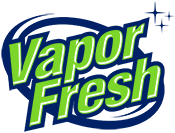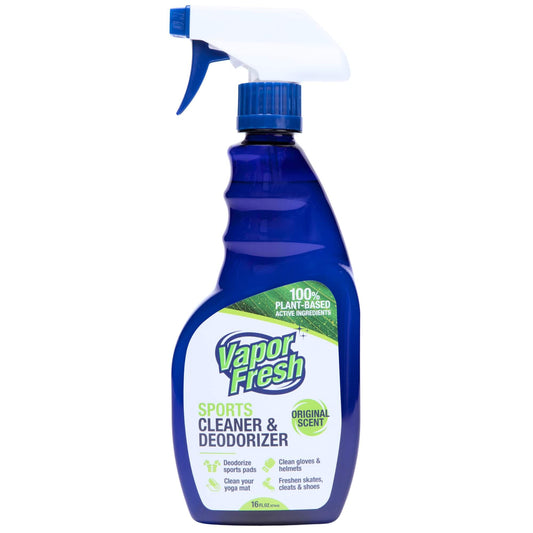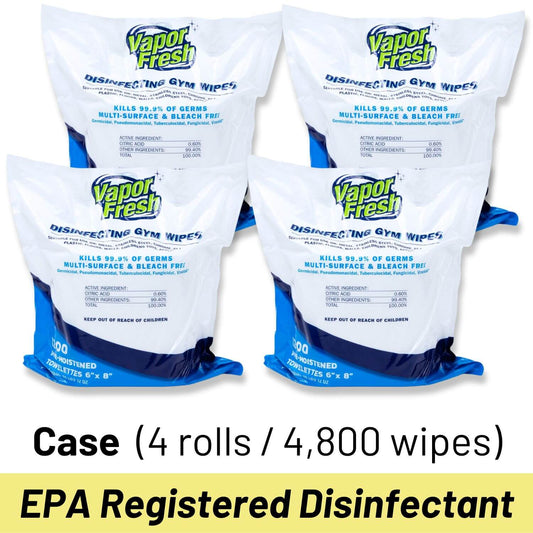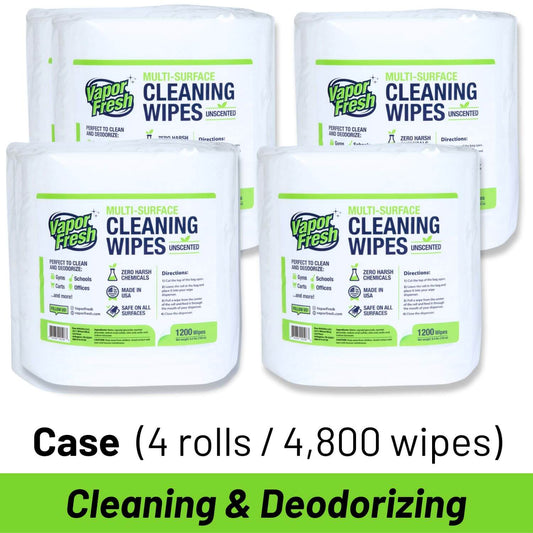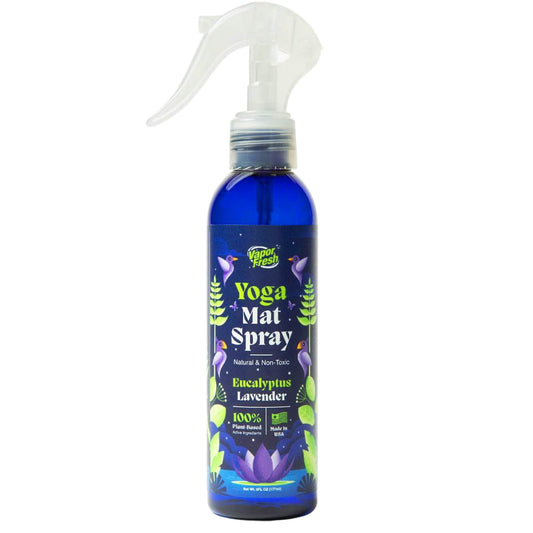Contrary to popular belief, sanitizers and disinfectants are different products designed to accomplish different things. Not all products can claim to “sanitize” or “disinfect” either - those are highly regulated terms that only federally registered and approved products can claim.
To make this even more confusing, in the United States, “sanitizing” is a term used in two very different ways and regulated by two separate federal agencies.
Sanitizers for hands and the body. These are regulated by the FDA (Food and Drug Administration). You can easily identify a skin sanitizing product by locating its “Drug Facts” panel on its packaging, and it usually has the word “sanitizing” on the front of the packaging somewhere.
Sanitizers for surfaces. These are regulated by the EPA (Environmental Protection Agency), which defines sanitizers as an agent “used to reduce, but not necessarily eliminate, microorganisms from the inanimate environment to levels considered safe as determined by public health codes or regulations". Sanitizers are typically used in food service but not in places where more robust cleaning is required, such as gyms or hospitals. When sanitizers make a kill claim, they are typically only against a couple of bacteria strains and do not apply to viruses like COVID and the flu, nor to fungi that cause diseases like athlete’s foot.
Disinfecting is always for surfaces, never for the body. In the United States, “disinfecting” is a term that’s regulated by the EPA. Anytime you’re looking to clean a surface or inanimate object, it’s almost always recommended to use a disinfectant over a sanitizer. Be aware that there are unregistered disinfectants in the market that use the word “disinfecting” illegally, so always verify a disinfectant’s legitimacy by locating it’s “Active Ingredients” information on its packaging, it’s EPA Registration Number and it’s EPA Establishment Number.
